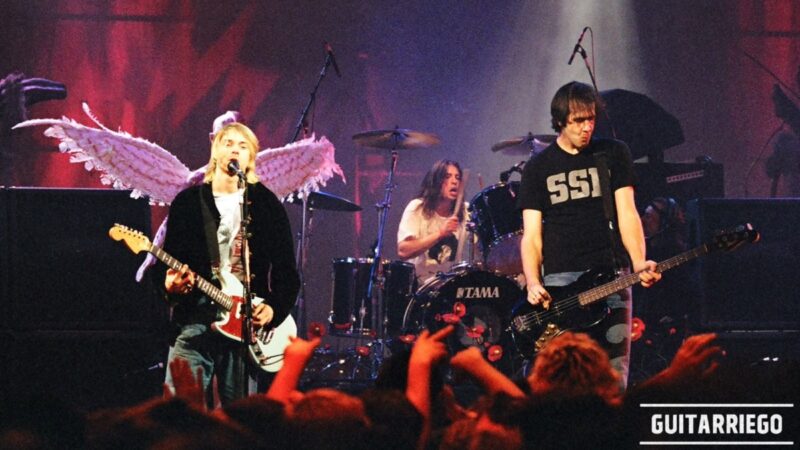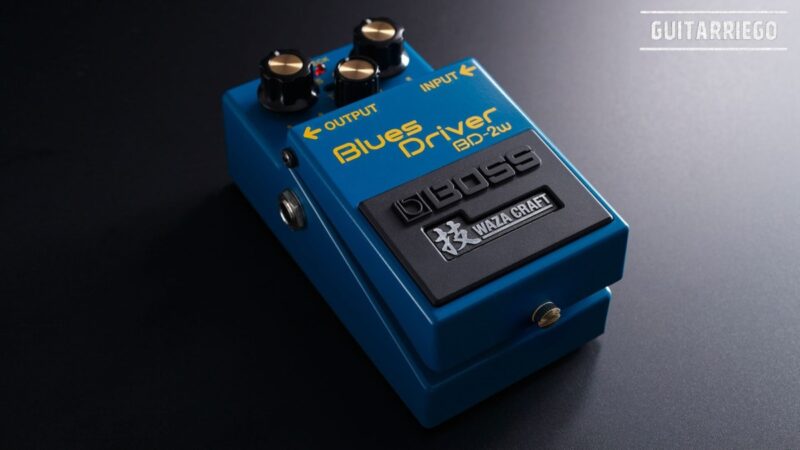How to write a song: lyrics, music, title and ideas
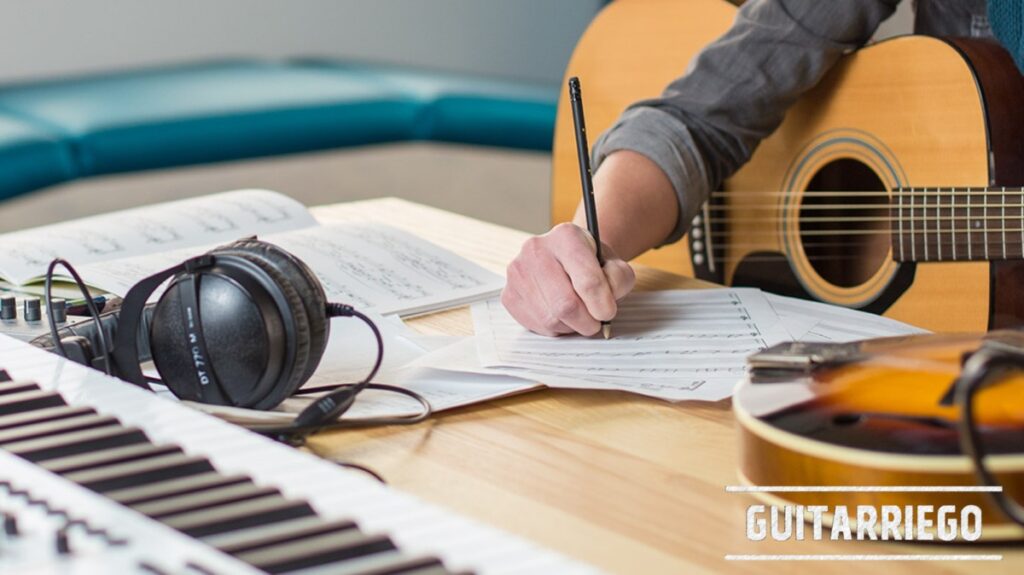
How to write a song step by step: lyrics, melody, title, ideas and techniques to stimulate your creativity and inspiration for making a song.
Easy method to write a song
Here we show you an easy and clear method to be able to write a song. This methodology will help you to compose songs as an artist and singer-songwriter, or to present them to music publishers, television shows and commercials. The technique focuses on getting your message across and keeping your listeners engaged throughout the song. This method of writing a song is used by many songwriting professionals.
The strength of this method is that any type of musician can use it. Regardless of your level of mastery of the instrument, or the musical instrument you play -guitar, bass, piano, ukulele, etc.-, you can use this technique to make a song. In addition, this way of making songs can be combined with others, since it has a comprehensive approach, which gives it a lot of flexibility. At the end of the guide we tell you other ways to write a song.
We will start by writing the lyrics of the song, then we will cover the composition of the music. However, we have to clarify that the steps do not have to be followed sequentially. On the contrary, the best way is to gradually mature each step, going back and forth in the writing of lyrics and music.
Steps to write a song:
- Choose the subject of which the song will be and write the title.
- Make questions regarding the chosen topic to answer them in the lyrics of the song.
- Define the structure of the song -verse, chorus, bridge and pre-chorus-
- Establish the melodic base of the song: tempo and type of musical scale.
- Write the lyrics answering the questions in step 2.
- Compose the music while you are writing the lyrics.
Points 3, 4, 5 and 6 must be done simultaneously. Since each time you advance in one of the points, ideas arise to continue with others. For example, a melody can inspire the lyrics and vice versa.
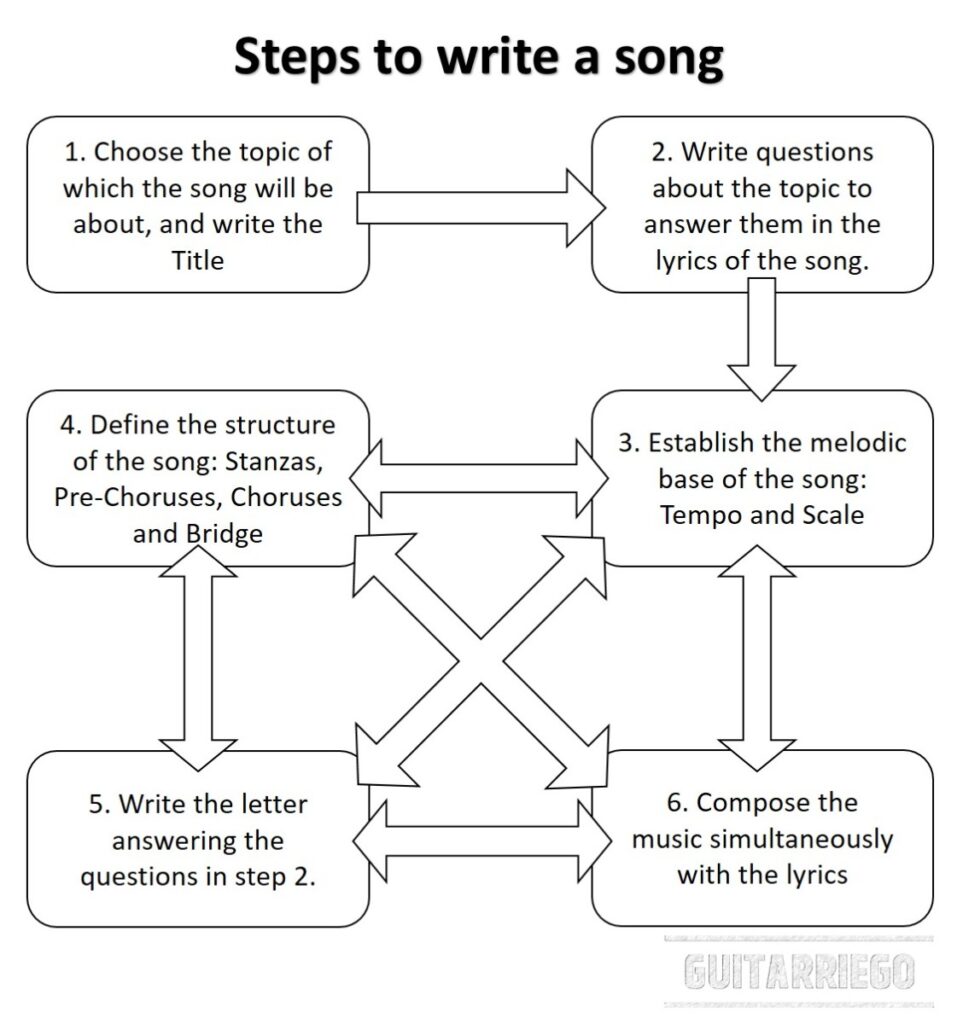
Therefore, while in the detailed description of the methodology to make a song, we begin with the process of writing the lyrics and then with that of composing the music. These are two processes must be carried out together, achieving synergies between both.
How to write the lyrics of your song
Write the title of your song
The first step is to choose the title of the song. The goal of creating the title is to define the main idea of the song. Thus, you can concentrate and focus on a single theme for your song. Try to choose a phrase that is between one and six words long that summarizes what you want to tell, express.
Look for an attractive, interesting phrase that suggests a situation or emotion. A good resource is to choose an action word, this will give you more energy and communicate a stronger message to the listener. Another inspiring technique is to use a phrase that evokes an image, which will make your listener understand what the song will be about.
A good idea is to think of several phrases, and then choose one. Then, those not chosen, may serve at the time of writing the song lyric.
Write a list of questions related to the title
The first questions you should ask yourself are:
- What do you want to say about the title of your song?
- How do you feel about that?
- What do you think your listeners would want to know, hear?
- What happened to cause that?
- What will happen next?
Once you have at least three or four questions that answer what you want to express and what the listener is likely to ask, you can move on to the lyrics of the song.
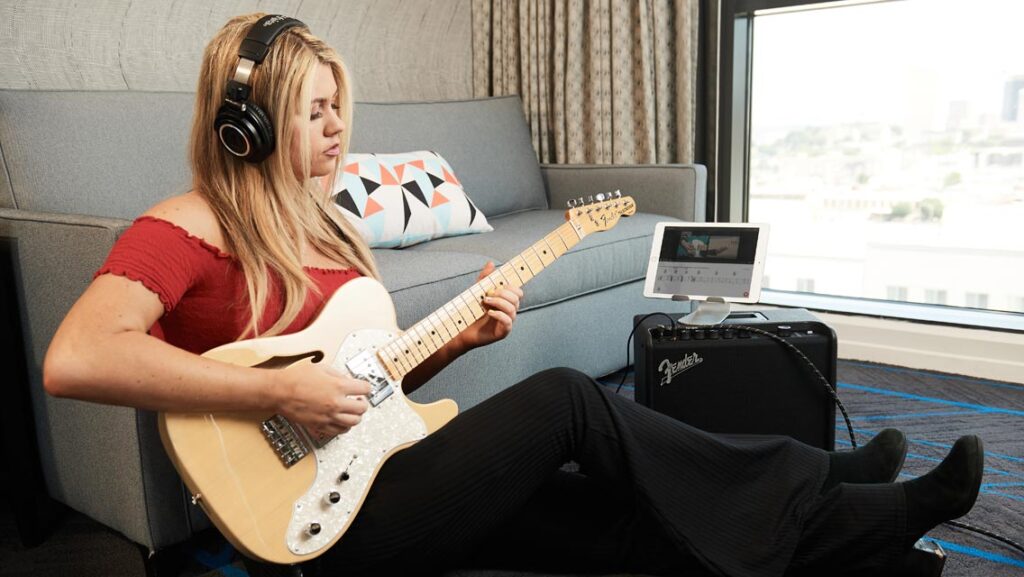
Choose song structure
Although the structure may change throughout the song composition process. It’s a good idea to start outlining what the structure of the song will be like. The most common structures are:
- Verse / Chorus / Verse / Chorus / Chorus
- Verse / Chorus / Verse / Chorus / Bridge / Chorus
- Verse / Verse / Verse / Verse / Verse
- Verse / Pre-chorus / Chorus / Verse / Pre-chorus / Chorus
Thinking about whether we are going to tell a story, or whether there is a main message on which the song is based, or whether there is a moment of tension and resolution, will allow us to outline the structure of the song. A general story will use many verses without a chorus or bridge. If there is a central idea that the whole song revolves around, the chorus will be the best place to communicate the main message. Finally, bridges are ideal for generating tension and resolution.
But you don’t only have to think about what structure the message contained in the lyrics of your song will be best told. You also have to think about what you want to offer your listener. Musicians who focus primarily on the lyrics and the message tend to not use chorus. However, the song can be a bit monotonous to the listener.
On the other hand, if you want to spread emotion, the melody of your song is an excellent vehicle to achieve it. In that sense, handling different ambiences and keeping your listener more hooked, changing patterns is the best. Thus, the best structure is to combine verse, chorus, bridge and also pre-chorus.
Find below a Template to download, it will help you with the structure and that includes tips for making a song:
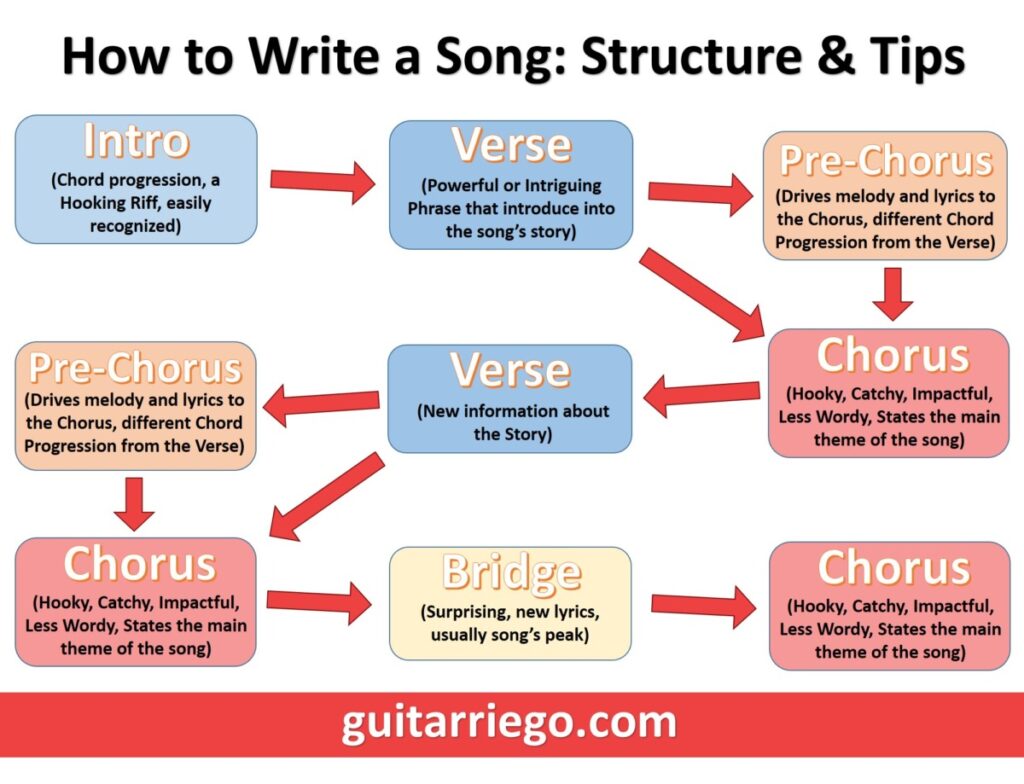
Listen and analyze famous songs
Listening to and understanding the structure of classic songs is a great technique to improve your understanding of song structures and songwriting resources. Listen to songs like Start Me Up by the Rolling Stones, Piano Man by Billy Joel; Listen To Your Heart or It Must Have been Love by Roxette, Sweet Child O ‘Mine, Welcome To The Jungle or Paradise City by Guns’ N Roses; Father And Son by Cat Stevens, A Hard Day’s Night or I Want To Hold Your Hand by the Beatles; just to name a few great songs that will allow you to become familiar with song structures, musical and literary resources, that will allow you to tackle the process of making a song.
Write the lyrics of the song answering the questions
Start answering the questions that were initially posed. You can start with the chorus or with the first verse. These two sections will be the most important parts of your song. You don’t have to just answer the questions to write the lyrics of your song, be flexible. Many times, from an answer, other questions arise and of course, new answers!
But as we saw, it is a good idea to start with the most relevant and important message of the song. Thus, the most important question must be answered in the chorus.
Then choose the basic questions that provide context and help you understand what the song will be about. Those questions should be answered in the first few verses.
Finally, “why” questions are ideal to answer in the bridge or in the last verse. This will allow you to generate concern, curiosity and attention throughout your song.
As in the title, always use words that evoke images or actions, it will allow you to bring your lyrics to life and communicate with more impact. A good song’s lyric is one that allows the listener to visualize the story or message in his head.
Generate ambiences using descriptive words, adjectives, places, emotions, sensations and any other information that allows the listeners to immerse themselves in the song with their imagination, as if they were reading a book.
The key to a good song: a great Chorus
Chorus is the heart of a song. The chorus should express the main idea or message of a song. It should be simple and clear. Usually this is the most intense part of the whole song and is the title of the song itself.
What should have a great chorus?
- Simple and clear phrase -few words- that represents the theme of the song.
- Hook and memorable melody and phrase, for this it must be easy for the listener to sing.
- It needs to be punchy – it needs to be propped up with more vocals and instrumental arrangements, to make it sound great and big.
- Be the highest part of the song, the culminating point.
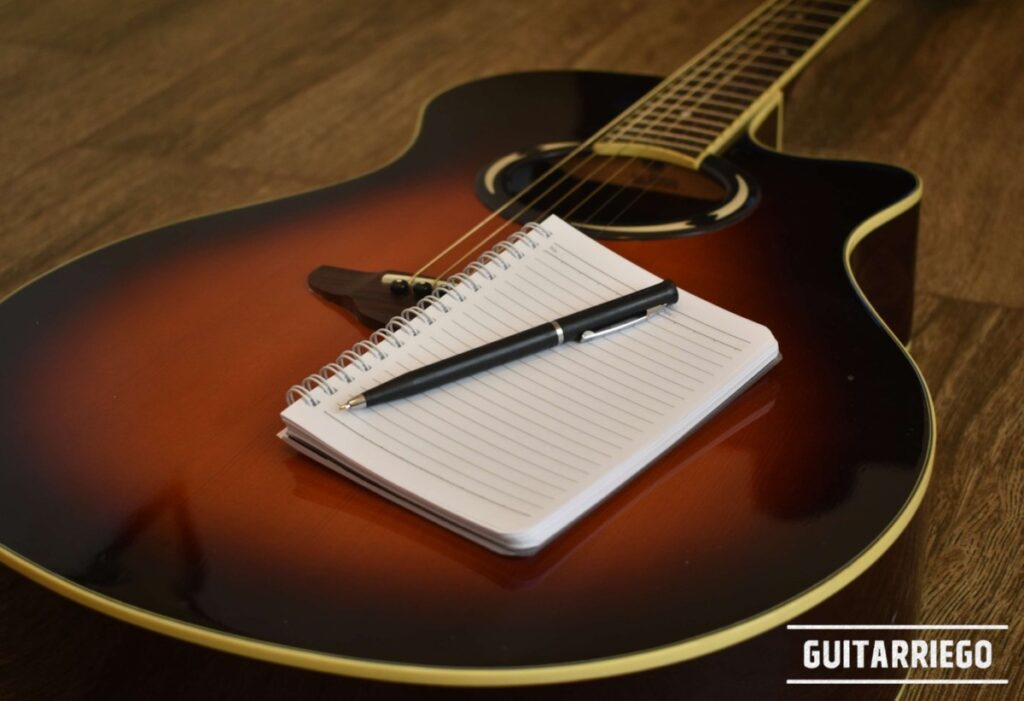
Harness the power of the first verse
Besides the chorus, the first verse is usually the most powerful part of a song. How many times have you get caught by a song just listening the first verse? Therefore, the first line of the lyrics of your song should be something super interesting that catches the attention of the listeners.
Good ideas for the first verse:
- a description of the situation,
- the presentation of the protagonist of the song,
- an intriguing statement,
- a question
An excellent resource is to use the second line to reinforce the concept of the first verse. Thus, it is a good idea in the second verse to say the same as in the first line but in a different way or adding a little more information. Do not overload the first part of the song with too much information, the listener is still settling in, understanding and interpreting what it is all about. Sometimes it is very smart to put two verses before singing the chorus for the first time. Also, using a pre-chorus to prepare the song for the chorus is a good resource.
We leave you a template to download so you can write your song: Idea, Title, Inspirational Phrases and Words, the different sections: Verse, Chorus and Bridge, chords, Key and Tempo.
Realistic or abstract narrative style
Finally, you can choose a very realistic, transparent and direct narrative style, in which everything is told with precision, without room for interpretations. Or, on the contrary, you can use a more abstract style, use metaphors, fantastic representations, symbolisms or analogies, and vague and ambiguous phrases that allow each listener to make a personal interpretation.
Realism in song lyrics
Realism is a direct and clear message. It does not give rise to double interpretation. This style is widely used when you write songs with a political message, or when you want to tell a social reality. Of course, it can also be used to tell any kind of story or for love songs. Generally, it is the style most used when writing song lyrics.
Abstract song lyrics
This style is increasingly used, it consists of saying things in a more abstract and metaphorical way, that is to say less direct. Thus, the message can be masked or even “encrypted”, to let each listener have their own interpretation, or that only a few can understand it. This style can have several objectives:
- Leave the meaning of parts or the whole song free to the interpretation of each listener.
- Generate concerns and therefore greater attention from the listener, and even generate discussion about the meaning among your followers.
- Generate an affinity group with your listeners and followers.
This is a great resource that is gaining more and more followers among contemporary artists. Of course, you should not abuse this style, since it is easy to fall into the error of writing a song whose lyrics seem more like a collection of single phrases than a coherent lyric with some meaning.
As we have seen, this style can help to generate an “affinity group” between the artist and the listeners. Thus, this group that differs from the rest through this common language and terminology.
How to write the melody of a song
We have already defined the bases of what the lyrics of your song will be. Now, it’s time to compose the melody of the song. What musical style will you use, the tempo and if it will be happy or sad music. Remember that you do not have to have the song’s lyric finished at this point, you only need a sketch, a draft. Since the process of composing the music will give you new ideas to be able to advance with the lyrics.
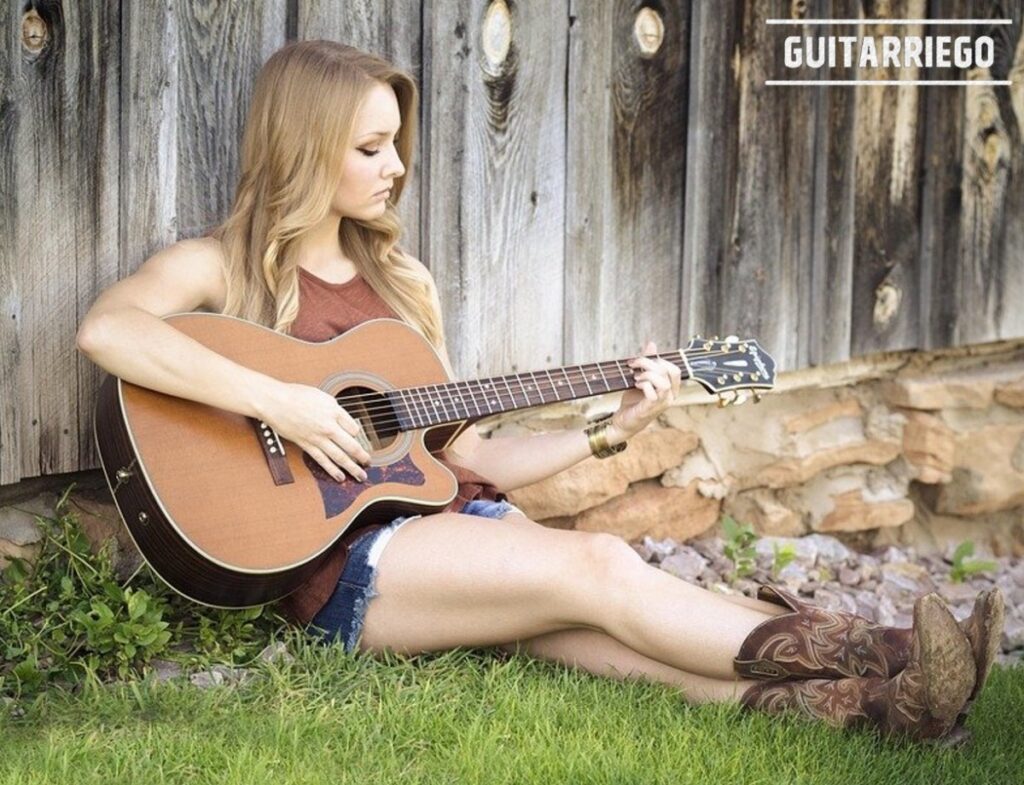
Melody tempo for your song
The first step is to define the tempo of the song, for this you must think about the lyrics and their message, and define the level of energy it requires. Do you want to convey a lot of energy and emotion? Or is it a more sentimental song lyric? These questions will tell you if you need a faster, more energetic song or a slow, heartfelt tune.
Melody / scale type for your song
If your song is energetic, you will probably end up using a major scale. On the other hand, if your song is more calm and sentimental, depending on whether it is a happy or sad feeling, you can use the major or minor scale. Also, you can consider using the modal scales or Greek modes.
Sometimes it will be easy to choose the scale, other times not so much, it will be a very personal decision. A good way is to try starting with a major chord, and then with its relative minor. For example, you can play a C major, and then an A minor, and try to start singing a melody using the lyrics of your song. Feel which of the two chords best transmits the feeling, which one better interprets the story you are going to tell.
Reinforcing the latter, an excellent technique is to choose one or two of the phrases from the lyrics of the song, and say them out loud. Repeat them several times and try to add emotion, you can even shout them if that inspires the phrase. It is an excellent method to find passionate melodies. Thus, observe the rhythm and natural melody that allow you to express yourself with a lot of feeling. Do this for both verse and chorus. It is the best way to find your own style.
However, you can feel that you repeat yourself and sound similar to another song you have written. In that case, take your guitar, piano, bass or instrument that you play, and try different chord progressions and start singing over them. Thus, you can innovate and not repeat yourself in your melodies. Try playing chords across the entire fingerboard to expand your musical vocabulary.
Start adding chords to your chorus melody
Once you have the structure and base of your melody: Tempo, Scale and a base chord progression on which you will write the song. Start trying out different variations of the progression or simple and repeating chord patterns. You will find several chord progressions that you can use here. Normally, the chorus should have more power and intensity than the verses, expressing more emotion.
This is why the chorus is normally sung at notes higher than the verse. Although there are songs that are the other way around, where the greatest intensity is in the verses, and the melody softens and resolves in the chorus. Everything will depend on the lyrics, you have to be aware that the lyrics and the melody of the song must be aligned and must reinforce the message, generating great synergy.
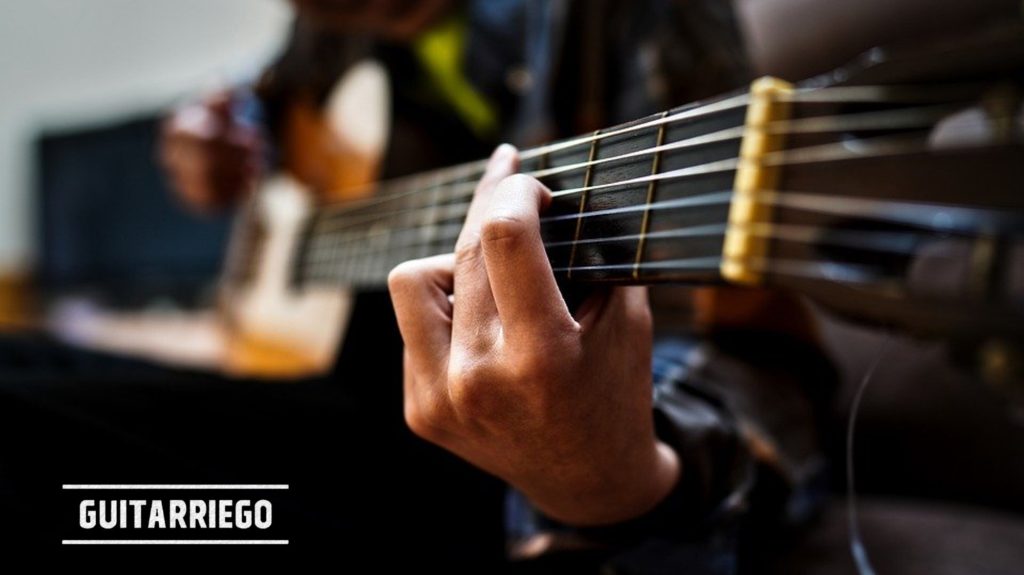
Using backing vocals to lift your chorus
An excellent resource to give more strength and intensity to your chorus is to play with backing vocals. The Beatles or the Beach Boys were excellent using vocal chords. Thus, the chorus sounds fuller and bigger. Also, you can simply double the singer voice or add a second voice in the thirds or fifths of the notes that the lead voice sings.
Also, it is super powerful to use voices that are inverted, that is, the voice that begins at the highest note, then ends at the lowest note and in the opposite way, the one that begins at the lowest note ends at the highest note. It generates a mind-blowing melody effect, allowing you to turn a simple chord progression into a magical song. There are many, many songs that have a simple chord progression but with a great job of instrumental and vocal arrangements, they sound incredible.
How do you know if you wrote the correct chorus? The answer is simple, when it is correct, you have no doubts. If in doubt, keep working on writing the perfect chorus for your song. Sometimes the solution can be a clever instrumental or vocal arrangement.
Write down or record each idea to avoid forgetting it, a moment of inspiration can be very fleeting, it is important to capture it at the same moment.
Use all the technological tools to write a song
Your Smartphone can be a great companion for both recording and composing. There are several apps with chord progressions, backing tracks, and other great resources for writing songs.
How to finish making a song
Amalgamate the different parts of your composition to form a song
Once you have the lyrics, the melody, both of the verse, chorus, bridge and pre-chorus, verify that you feel that the song flows, that there is nothing forced. In this sense, you have to check that the different sections connect well with each other.
There are times when you have great ideas, but they don’t quite blend into a great song. Thus, you must work on achieving coherence between all the sections, or resign a part, when you do not achieve it. There are a lot of great songs that have emerged about discarded part of another song.
Record the first draft of your song
One of the last steps is to record the first draft of your entire song. A simple version of the voice accompanied by an instrument such as the guitar or piano will be more than enough. This is an excellent resource to better work on each atmosphere and intensity of each of the parts of the song, since it is usually a more emotional and sentimental version. Think of it as an “intimate” and “unpluggled” version. It doesn’t matter if it’s a Rock, Blues, Pop or Electronic song. These types of versions allow you to give more dynamics and feeling to your interpretation.

Practice your song
When a song is finished, you feel it. If there is something that generates doubt, it is better that you review it. Sometimes it’s just a matter of “learning” it so that it flows. Other times, it may require you to rewrite a section of the song. Therefore, it is important that you practice it a lot.
Practice your whole song, until you don’t have to think about it when singing and playing it. There, you can work on the final details, since you can better express your feelings and emotions in the song to finish writing it.
The arrangements of your song
Making the arrangements of a song are a huge part of making a song. Writing a lyric and melody are the foundation and base of a song. The arrangements are the decoration of that song, so work a lot in this regard.
At this time, it is important to invite other musicians from your band to participate, especially musicians who play other instruments.
Other methods for making a song
There are several ways to write a song, the main ones are:
- From an idea or title -the one we saw above-.
- First by writing a song lyric or poem and then turning it into a song by writing the music.
- From a chord progression – it can be improvising with your band in a rehearsal.
- Based on an Intro or Riff of guitar, piano or other instrument.
As you will see, there are different starting points to make a song. The first is the most comprehensive and any musician, beginner or advanced, can easily master it. The second is the one used by those who have good writing skills, or who have not mastered an instrument yet. Both, the third and fourth start from the instrument, with a musical idea to which the lyrics are then added. The third can be used alone or with your band or other musicians. The fourth is generally more used by guitarists, keyboardists or pianists with good command of the instrument, and they have the ability to make riffs or licks that hook the listener.
Once you finish composing, we suggest you register your songs for free.


